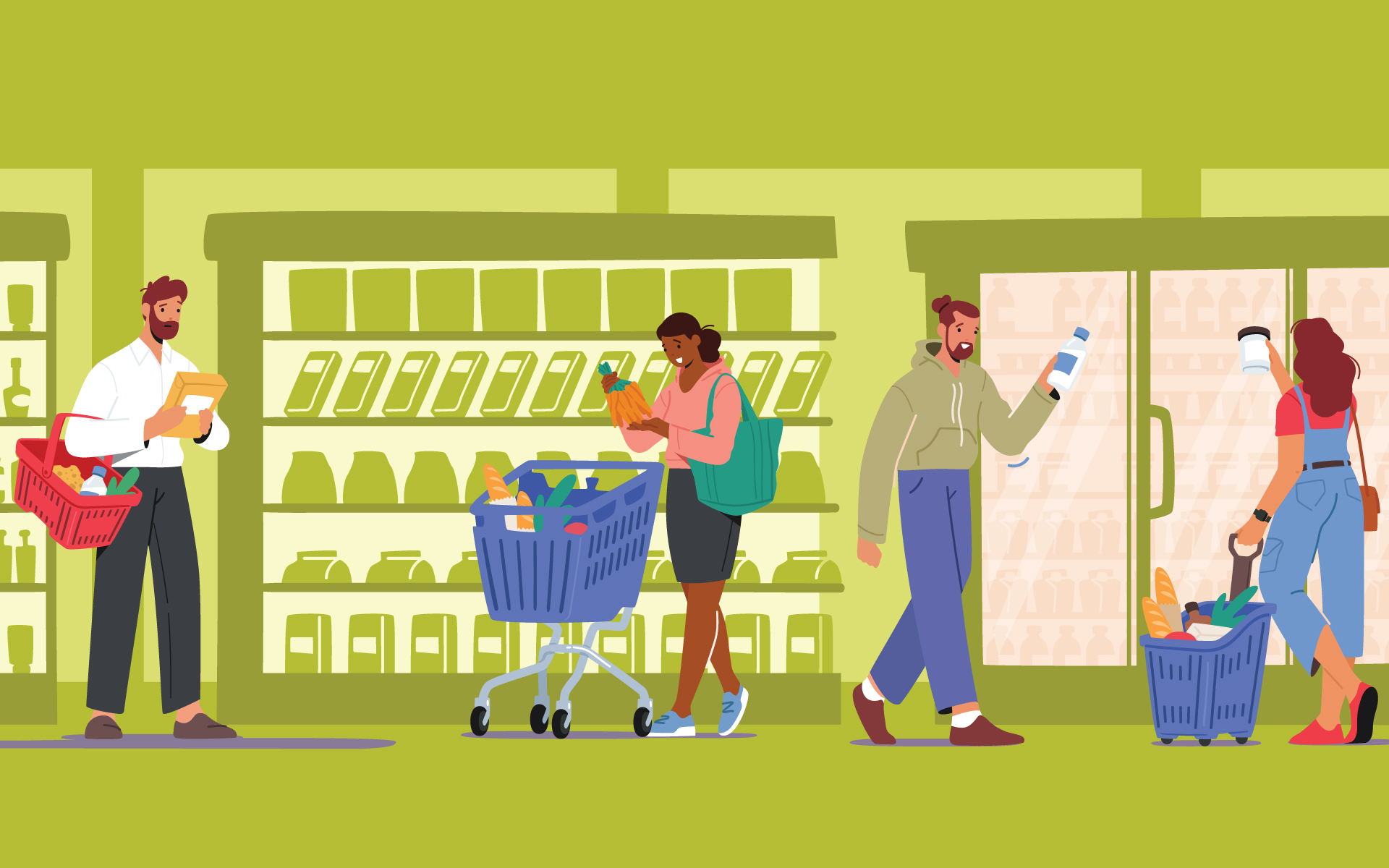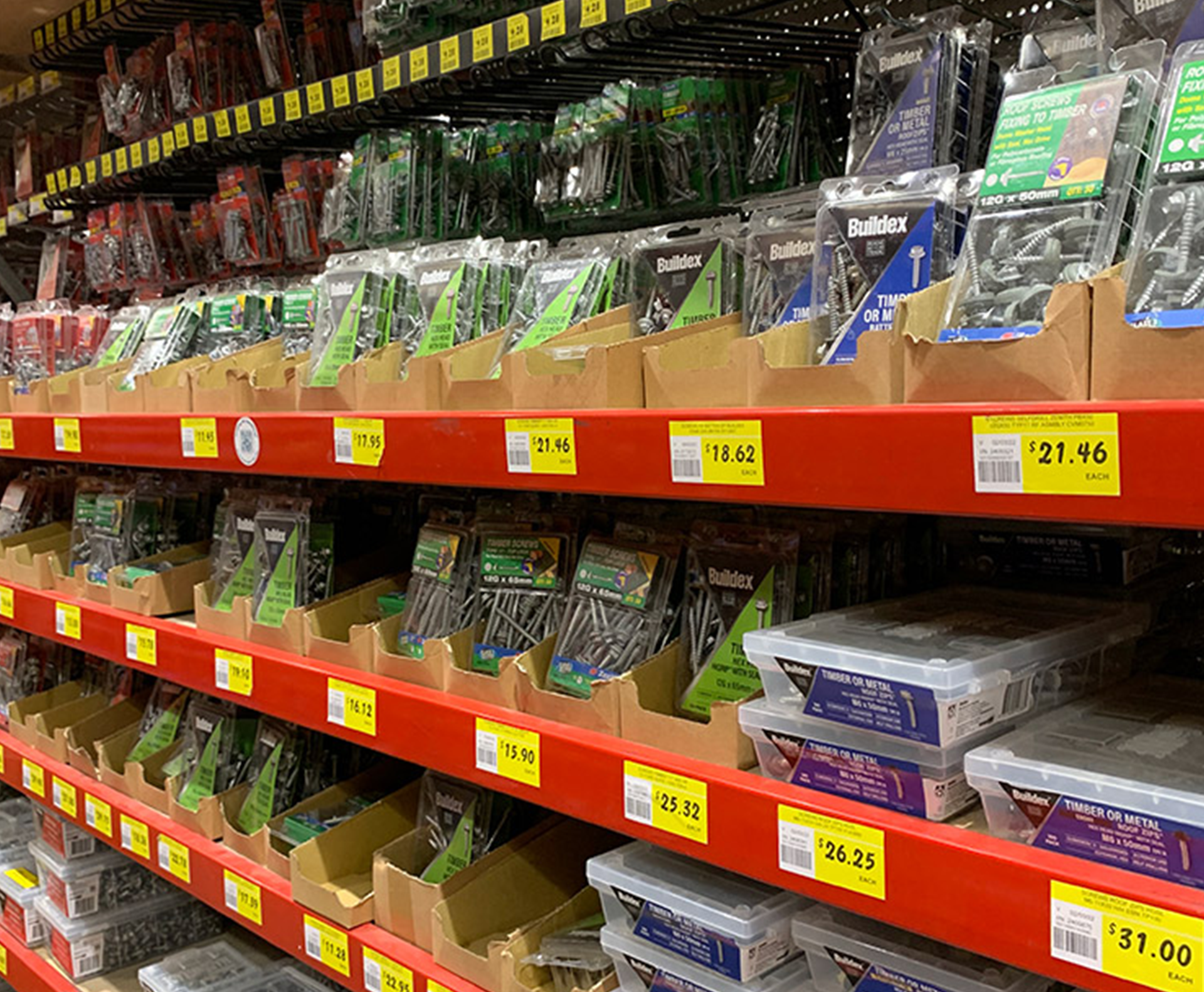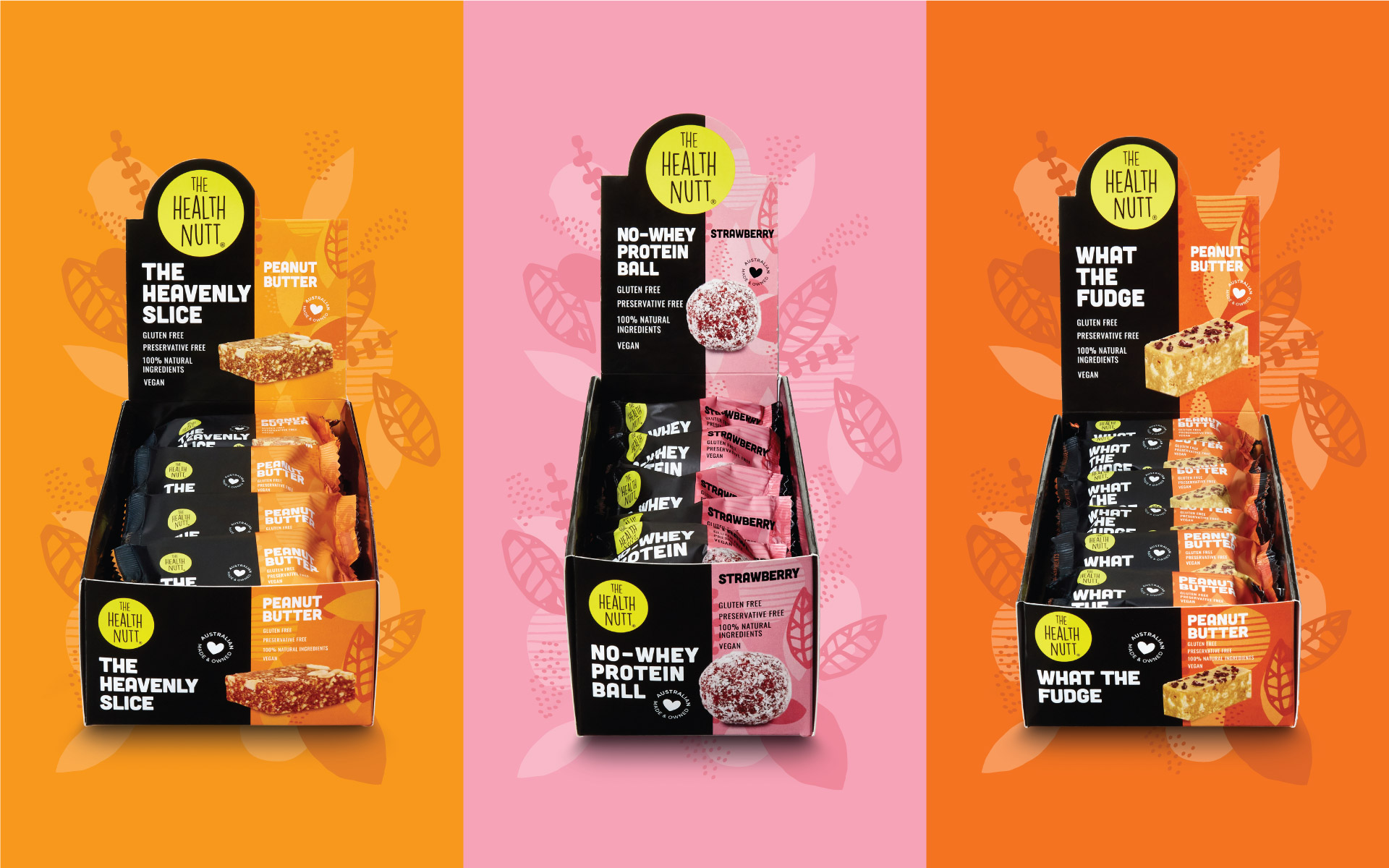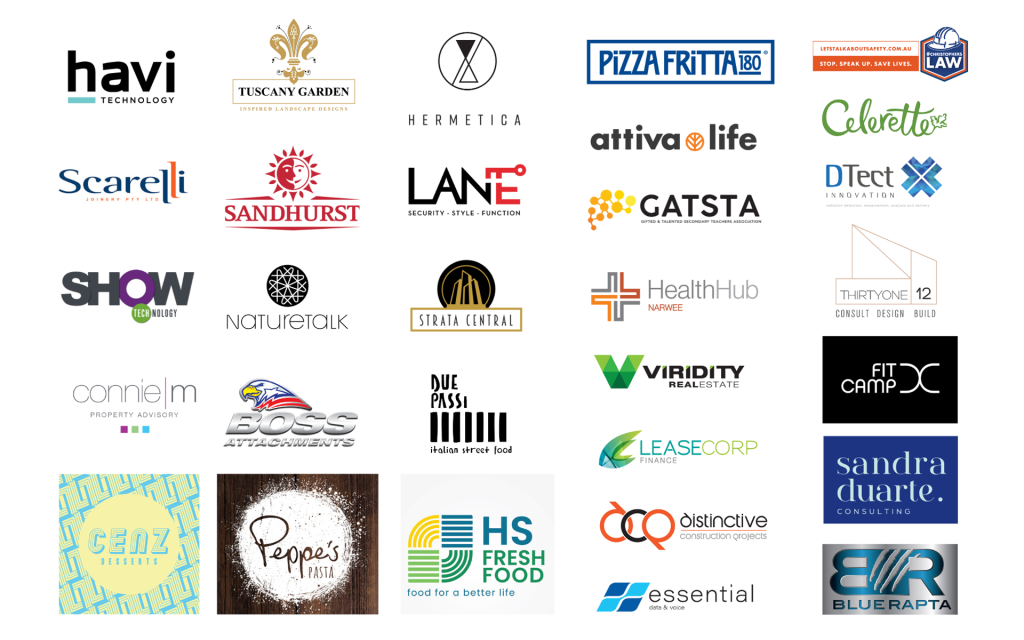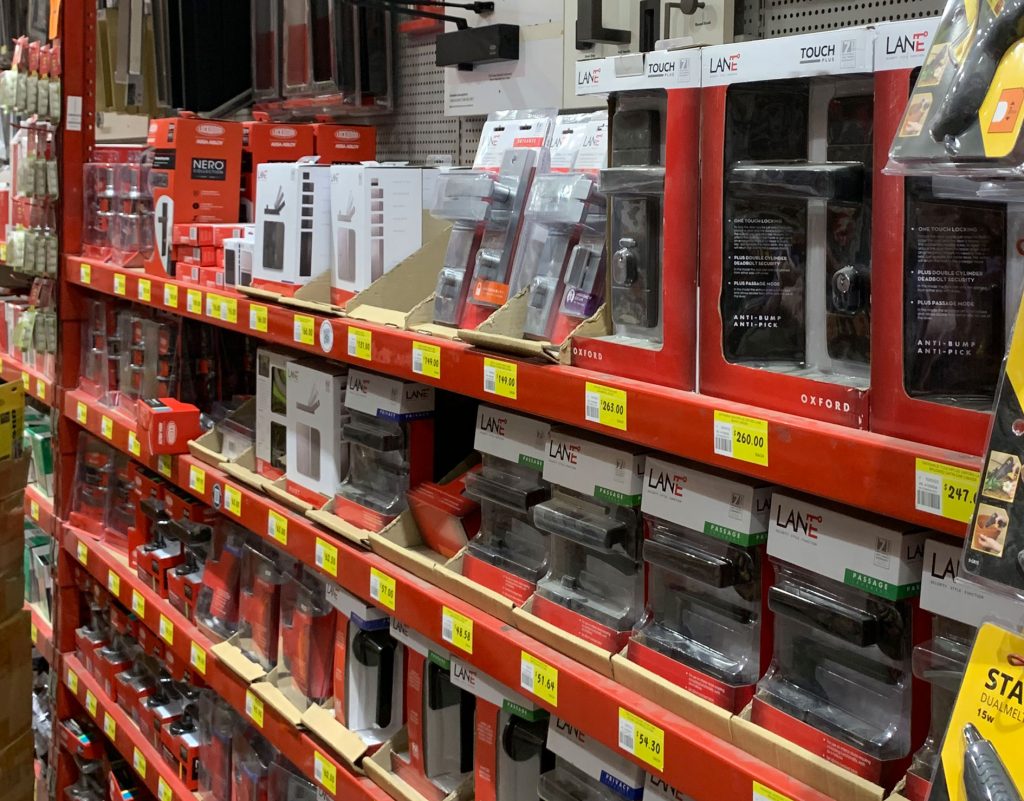Packaging design is what sets your product apart from its competitors on the shelf. It is the first thing a shopper sees when they pick up an item from the shelf or receive it in the mail. It is how your brand is translated into something tangible and so is the most important touch point for your brand. Packaging design has the power to make or break the success of your brand in the market. But packaging is not just your logo on a label; it is so much more than that.
Packaging is an essential part of any product that needs to be sold. Obviously, the packaging needs to be functional, but it is the packaging design that will attract potential and repeat customers. A logo on a label will just not do that. The front of pack needs to communicate the product offering, features and benefits and the brand message. In essence, it needs to portray the USP, or unique selling proposition of the product and it must do this in an instant.
Packaging needs shelf impact
Without shelf impact, even the best product is going nowhere. Literally. This is why packaging design and branding need to be considered together. Shoppers never see your product in detail when they walk down the shopping aisle. All they see is patterns and colours until something grabs their attention. Shelf impact ensures that when your customers are face to face with your product alongside its competitors, they pick you.
Packaging design begins with research
To make a product stand out on the shelf, you need to give the packaging design a purpose. This can only be achieved by doing lots of research before starting on any designs. This research includes looking at
- what the competitors are doing, both right and wrong
- ways to differentiate from the rest
- what your customers are looking for
- how your product can connect on an emotional level with your customer
Packaging should reflect your brand
Packaging should be all about your brand, what it offers and what it stands for. When shoppers recognise this across all your product range, they will feel that you are authentic and will remember your brand. They will recognise your brand everywhere, including your print and digital marketing channels. This brand recognition will build brand reputation and that is your strongest competitive advantage.
This cannot happen with just a logo on a label. Your logo is not the first thing people notice on your product, it serves to identify not to explain or sell. The key to strong branding on packaging is consistency. A consistent visual identity including colour, typeface, style and layout will give your products a look that is unmistakably your brand.
Colour is important in packaging design
Colour has, by far, the most impact on a pack with 93% of shoppers making purchase decisions based on colour and visual appearance. This is because colour creates expectation and can therefore be used to influence the buying decision of consumers. Furthermore, colour-coding is more powerful than any other method of distinguishing between products. It makes choice easy for consumers and they love it.
Packaging needs to communicate
Pack graphics will tell the brand story and portray the features and benefits of the product. Packaging need to also include instructions and explanations and all the regulatory labelling elements. And in some cases, this needs to happen in a very small area. Specialist packaging designers know how to make the most of the available space on a pack and ensure all elements are correctly included.
Conclusion
In conclusion, packaging is not just a logo on a label. It is an integral part of a product’s success, serving functional, environmental, and marketing purposes. As companies prioritise sustainability and design packaging that creates a unique selling point, they will continue to reap the benefits of this essential element in their products. So, a packaging designer’s keen eye and creativity become vital for a product to dominate and fly off the shelf.
Do you want your packaging to be more than a logo on a label?
Would you like to work with specialist packaging designers who understand strategy, process, retail and shelf impact? Contact us now.

